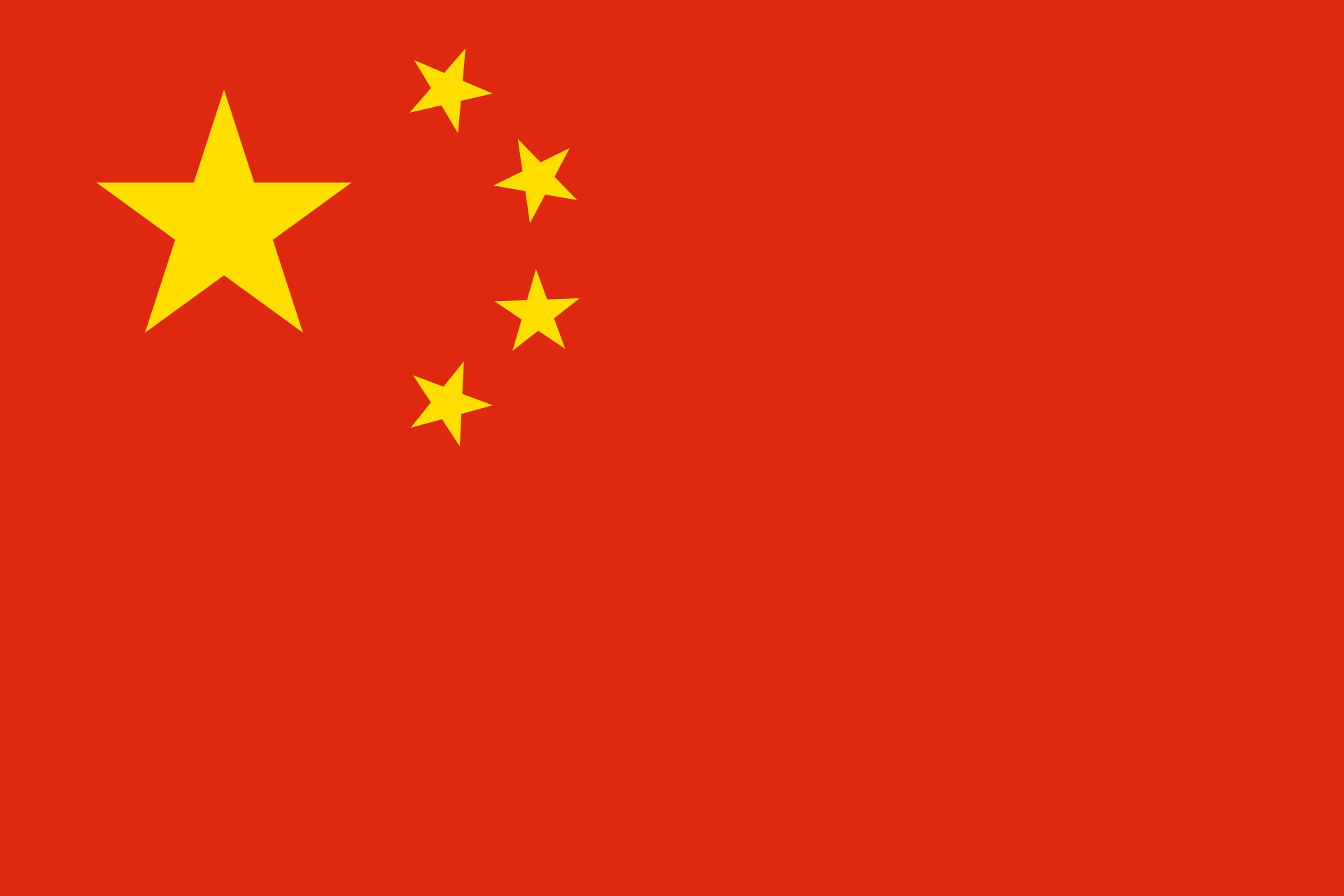In the second century BC, western Central Asia was fought over by the Hsiung-Nu and the Han, both tribal groups who had migrated west from China. They were nomadic peoples whose economies were based on cattle-herding and supplemented by the agricultural produce of the settled oasis states scattered across Central Asia. After the establishment of a Han kingdom, new military and political structures were established, not only to control the region, but also to protect the valuable Silk Routes that ran across it.
The emergence of the vast Kushan Empire from the first century AD until its decline in the third century saw the political unification of much of Central Asia, from modern day India and Pakistan to the Iranian borders. It was a conglomeration of many different ethnic groups, languages and belief systems, ruled by the Kushan Emperor and administrated by a combination of central and regional governments.
Greek rulers became involved in the power struggle for Central Asia from the mid-third century BC. There remain few written records from this time, but archaeological excavations have revealed a fascinating legacy of Hellenistic artistic culture in Central Asia from this era. Sites such as Taxila were ancient centers of international cultural exchange from the times of the earliest Greek conquests, when the great east-west trade routes were controlled by the Greeks.
The northern Asian steppe lands continued to support pastoral nomadic tribes long after other communities had settled into agricultural sedentary groups on the southern lowlands. Artificial irrigation and the development of agricultural techniques were essential in this process, and once societies became settled, they began to turn to other occupations such as mining and manufacture. In this way, towns and cities emerged in north-western Central Asia by the start of the Christian Era.
The evolution of urban life in the Kushan period, between the first century BC and the fourth century AD, was influenced by the Hellenistic legacy of Alexander ‘the Great’ as well as by the traditional settled community structures of northern India and Pakistan. It was a period in which cities grew and flourished, fed materially and culturally by the developing trade routes that passed through Central Asia.
The latest stage in the Palaeolithic era is that of the Upper Palaeolithic Cultures, in which important technological advances were made, such as the invention of flint tools and fine-edged blades. It was also a time of artistic innovation, as seen in the cave paintings that can be found across Asia as well as in Western Europe, testifying not only to the development of technologies and tools but also to a high level of cultural and intellectual achievement.
The mountain cave sites of Central Asia provide vital material for the archaeologist and the pre-historian in constructing an understanding of Asian Palaeolithic cultures. The stone tools and artefacts that have been uncovered in Northern India, Pakistan, the Hindu Kush, Kazakhstan and Mongolia allow us to comprehend aspects of the lifestyles and economy, and even the cultures and beliefs, of the societies that produced them.
Research into the Palaeolithic cultures of Central Asia is perhaps the earliest glimpse we have of human societies living in this macro-region. The most extensive research has been carried out in Pakistan, northwestern India, Mongolia, and western Central Asia, although there is still much left to be done. From excavations of stone tools and the existence of permanent settlements, we can start to build some idea of the establishment of ancient societies in Central Asia and their economic and social structures.
The Neolithic tribes that inhabited modern-day Mongolia, Siberia, and Kazakhstan migrated throughout the region continually and had frequent contacts with other ancient tribal societies. Tools for farming, hunting and fishing were developed in this period using new, microlithic techniques which allowed more complicated implements to be constructed.
Neolithic Chinese communities developed close contacts with adjoining regions, with cultural exchange taking place between the nomadic tribes of the north and west, and the sedentary cultures to the south-east. Both farming communities and nomadic tribes left an archaeological record of tools and craft objects, as well as burial chambers, all of which stand as testimonies to the distinctive yet closely related cultures that developed in eastern Central Asia in the Neolithic Era.




